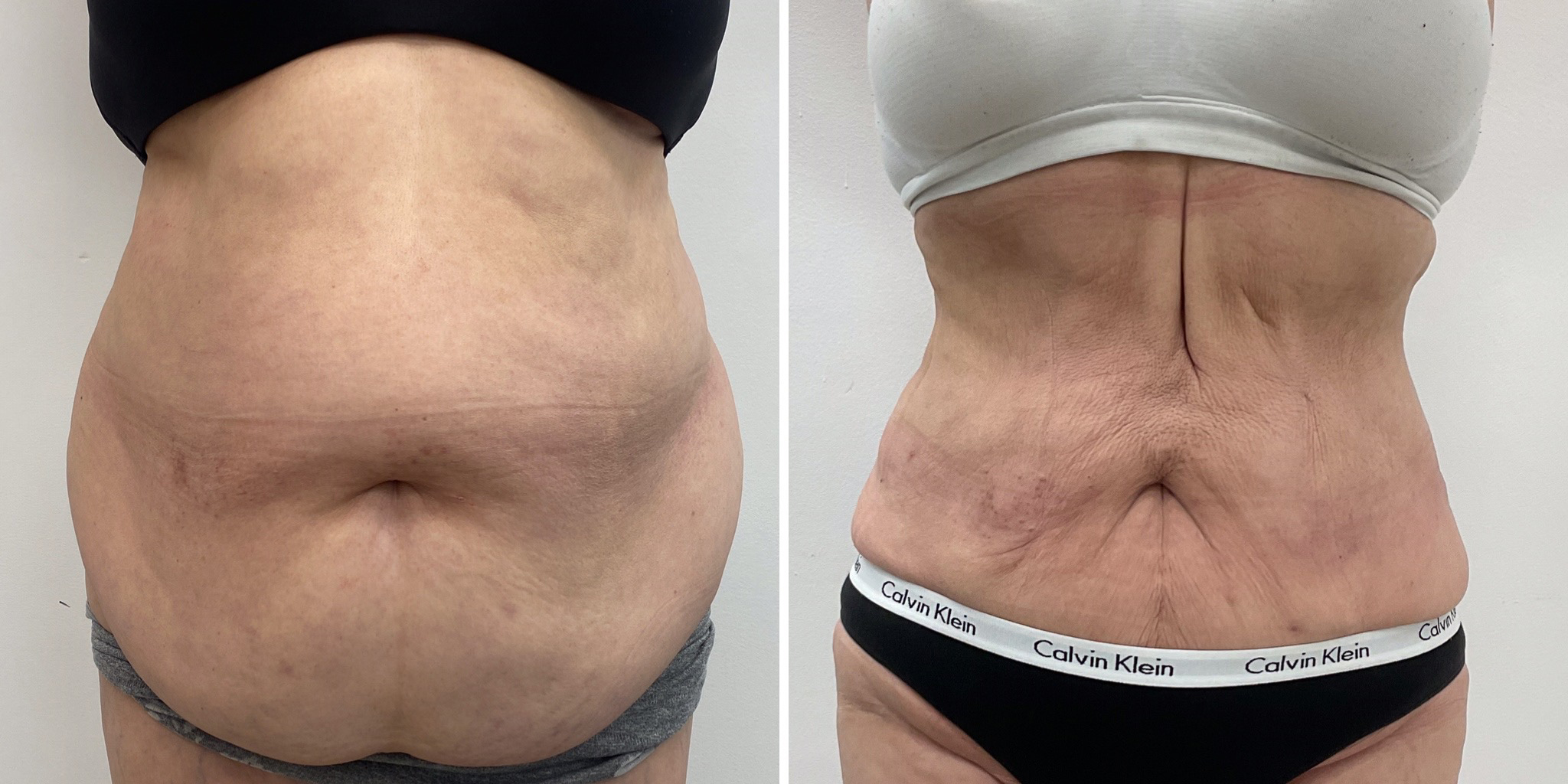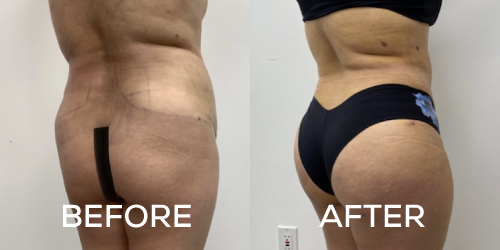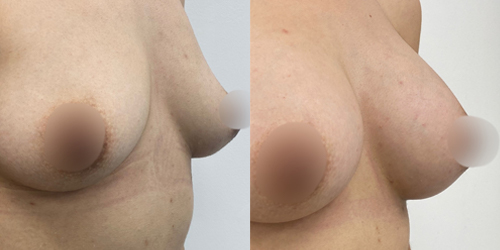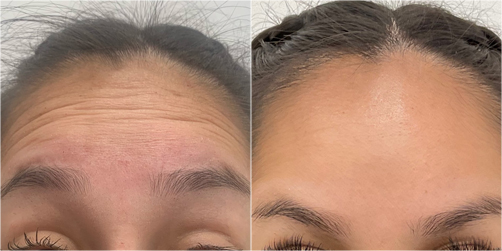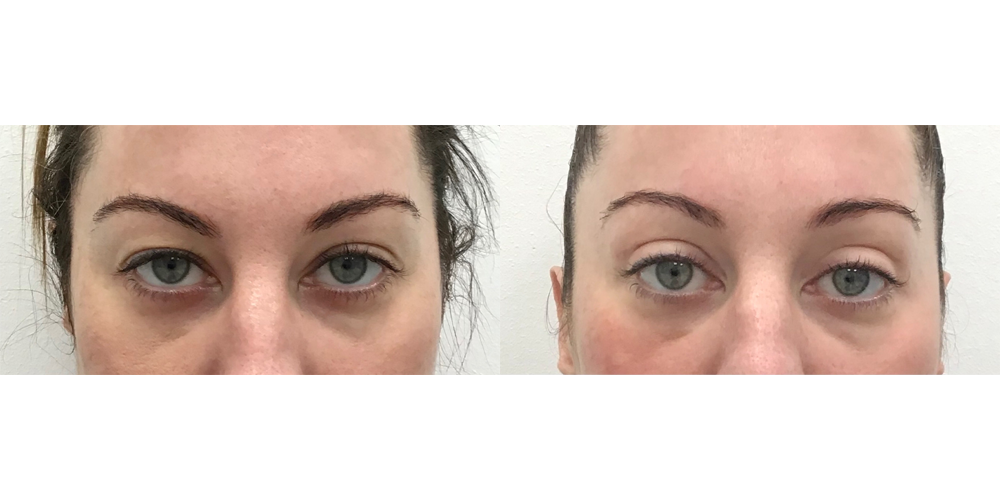You knew when you were getting your tattoo that you wanted to keep it forever, but you’ve probably changed a lot since that day. One study shows that 25 percent of people who get a tattoo eventually regret their tattoo, and 17 percent actually consider removing it. If you’re one of that 17 percent, it’s time to get your facts straight.
You may have heard a thing or two about tattoo removal in the past, but there are a lot of misconceptions about how laser tattoo removal works. Once you’re more aware of the removal process, you’ll be better prepared for what’s to come.
Contents
1. Removal Takes Several Sessions
It typically takes about 5 to 10 sessions with the laser in order for the tattoo to be safely removed. The body must heal between sessions, so treatments are spaced out by about six to eight weeks. In other words, your tattoo won’t go away in a day. It can take anywhere from seven months to a year or more to have a tattoo fully removed.
2. Some Tattoos Come Off Faster
A tattoo is made by injecting dye into the dermis with a needle. Immune system cells rush to the site as the needle penetrates, then consume the dye. Some of these cells stay in the wound location permanently, and the result is a visible tattoo. Some tattoos are shallowly applied at uneven depths, whereas others may go deeper into the dermis and are usually applied evenly. The deeper the dye, the longer the removal process takes.
3. Number of Treatments Required Depends on Many Factors
Maybe you wanted your tattoo to be big and colorful, but now that choice is going to make removal a little more difficult. It’s easy for the laser to target dark colors like black and dark blue, so these colors will come off first. Other colors like red, orange and yellow will also come off, but they’re going to take longer and require the use of different types of lasers. Big tattoos take longer to remove than small tattoos, and newer tattoos take longer to remove than older tattoos.
Good circulation can help with tattoo removal, so tattoos that are close to the heart will come off faster than tattoos that are located farther away from the heart. Smoking can negatively impact circulation, so smokers often need more removal sessions than non-smokers. Finally, skin pigment also affects the tattoo removal process. People who have fair skin and dark tattoos often need fewer treatments, because the laser can target the tattoo relatively easily.
4. Tattoo Removal Won’t Burn Your Skin
Tattoo removal with Cutera’s Enlighten™ laser treatment involves heating the surface of the pigment molecules to an incredibly high temperature. Pigment molecules warm up thousands of degrees, but only for a short period of time (think milliseconds). The laser beam is targeted and won’t burn the skin. During the treatment, the person getting the tattoo removed will see the flash of light as the laser is activated and will feel a pain similar to the pain experienced when a rubber band slaps the skin.
Why does it work like this? The pulses of energy help break down pigments into small particles that can be easily processed by the lymphatic system. This makes it possible for the body to expel the pigment.
5. Cooling the Area Helps the Pain
Yes, laser tattoo removal does involve some amount of pain. That said, it doesn’t hurt as much as you might think. Many people say that laser tattoo removal feels like bacon grease hitting the skin. Cooling the area helps control the pain, so you’ll be provided with something to help with the pain during the procedure. When you’re finished, the pain should go away.
For more information about laser tattoo removal, call or book online with Skinzone Laser & Cosmetic Surgery today.





